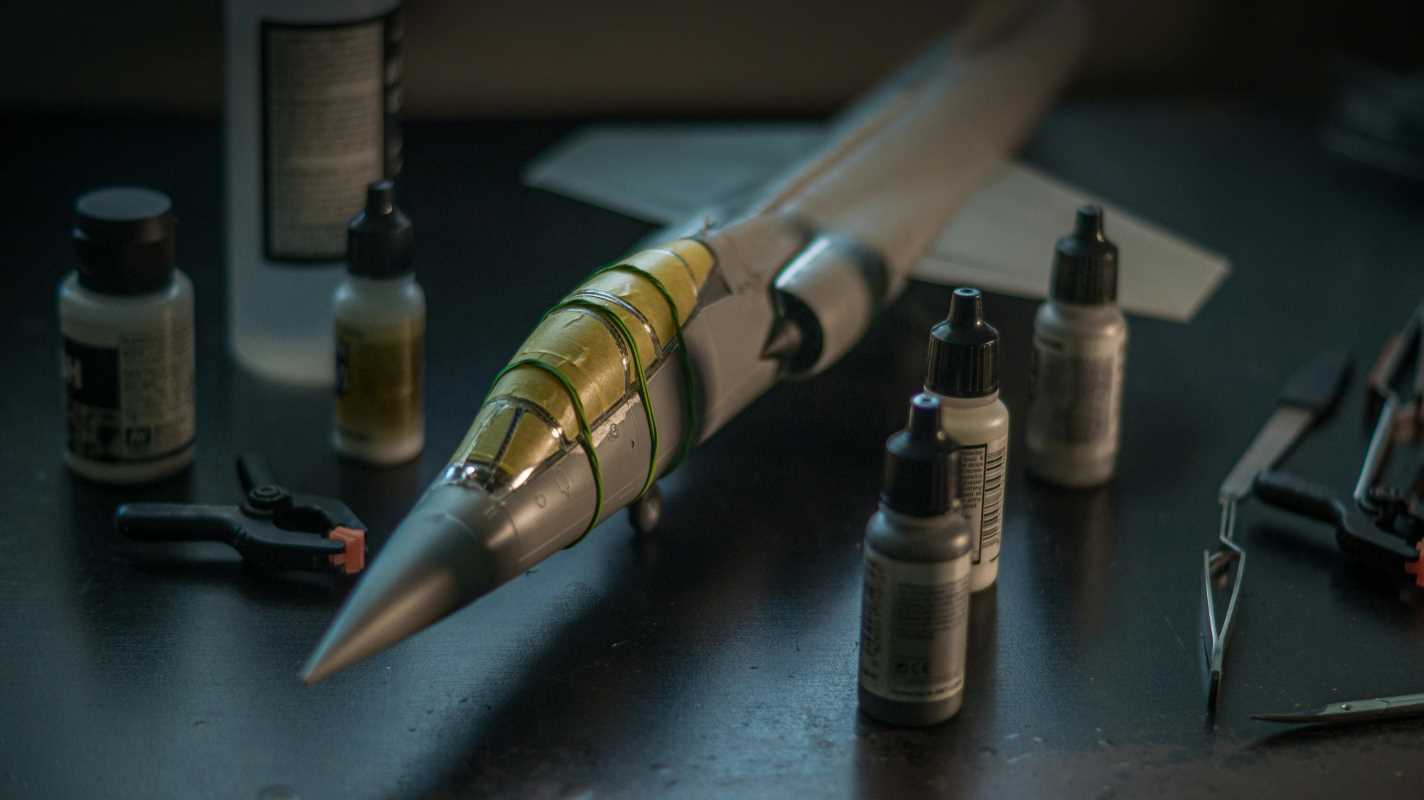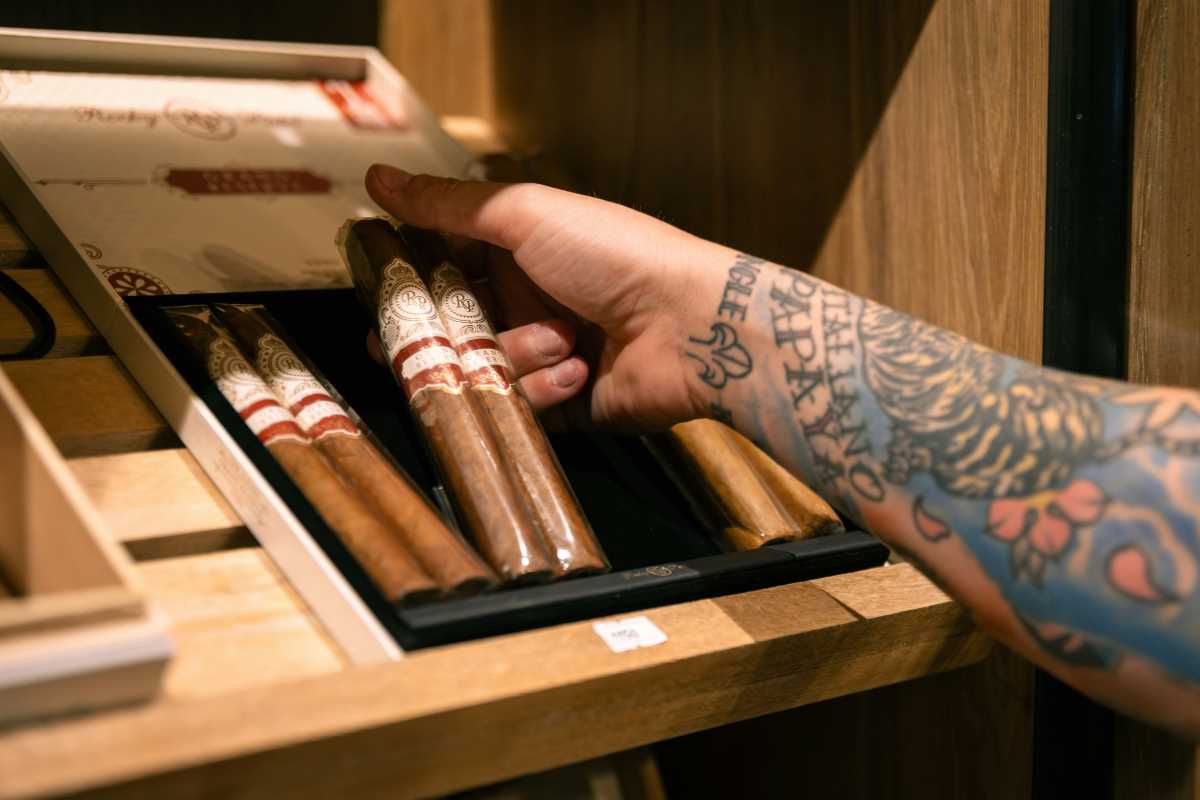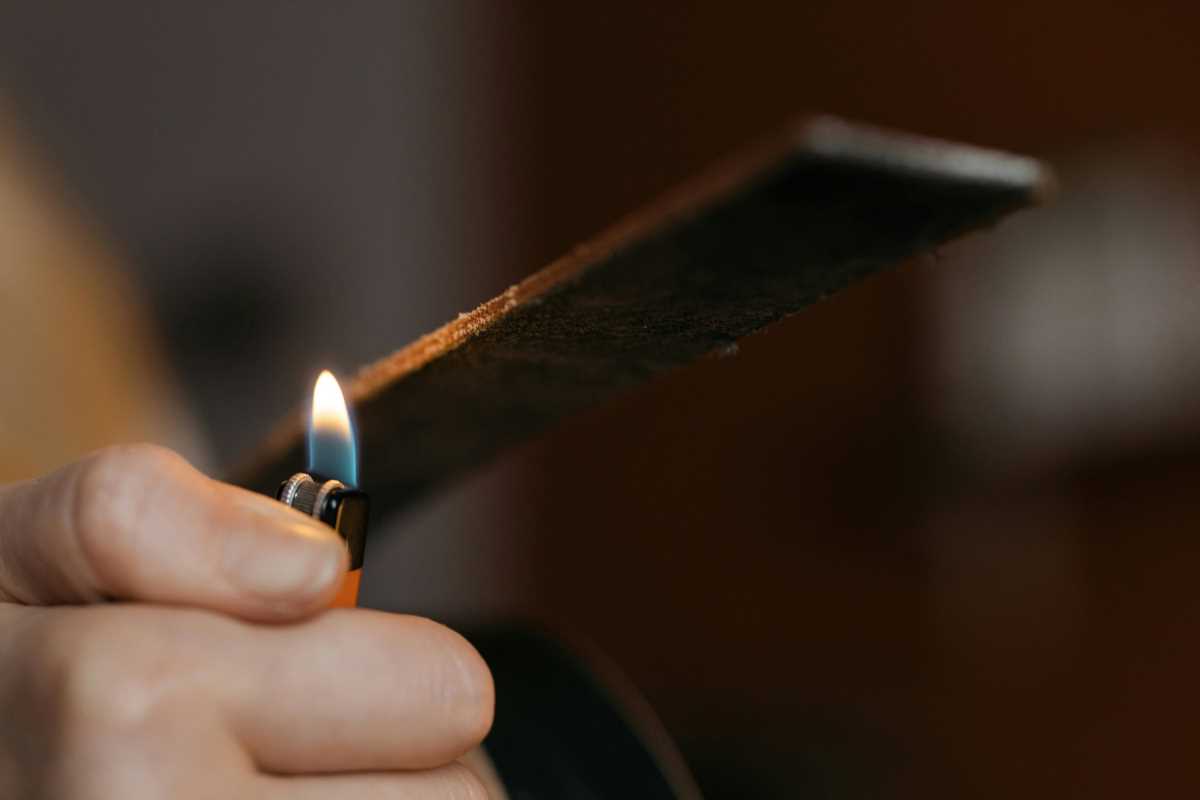Crafting detailed and visually impressive models provides a satisfying blend of creativity and precision. Assembling small components into a lifelike replica brings a sense of accomplishment and delight, with each piece adding depth and dimension to the finished work. Selecting a kit, organizing the parts, and carefully putting everything together encourages patience and develops fine motor skills. Adding the final details transforms the project into a stunning display of both art and technical ability. The entire process, from the very first step to the last touch of paint or glue, offers a fulfilling journey that enhances both knowledge and enjoyment. The process of assembling these kits provides an enjoyable challenge that sharpens technical abilities and fuels creative expression. By diving into this hobby, you turn simple materials into a masterpiece that captures both the beauty of design and the science behind scale models.
Let’s explore expert advice paired with real-world examples of model aircraft kits that inspire hobbyists worldwide.
1. Choose a Kit that Matches Your Experience and Passion
Selecting the right model kit sets the tone for your build. Beginners may prefer easier kits, while advanced modelers can explore hyper-detailed projects.
Popular kits by skill level:
- Beginner: Revell 1:72 F-14 Tomcat – easy-to-follow instructions and iconic design.
- Intermediate: Tamiya 1:48 P-51D Mustang – great detail with manageable assembly.
- Advanced: Eduard 1:48 Spitfire Mk.IX ProfiPACK – comes with photo-etched parts and detailed cockpit features.
Focus on aircraft that excite you—whether it’s a WWII fighter or a modern stealth jet.
2. Invest in the Right Tools
The quality of your tools directly impacts the precision and finish of your aircraft.
Must-have tools:
- Hobby knife with replaceable blades
- Sprue cutters and fine tweezers
- Sanding sticks (various grits)
- Modeling cement and CA glue
- Airbrush or high-quality paintbrushes
Brands like Tamiya, Xuron, and Iwata are trusted for durability and performance.
3. Study Before You Build
Before cutting plastic, study the real aircraft and review reference images. Websites like Airliners.net or books from the Osprey Aircraft Series offer incredible visual guides.
- Pro Tip: Mark tricky steps in the manual with sticky notes and test-fit every major section to avoid surprises.
4. Master the Art of Clean Assembly
Use sanding sticks to remove mold lines and dry-fit parts before applying glue. For more complex kits, consider building subassemblies in logical steps.
- Tip: Clamp fuselage halves with rubber bands or tape for seamless alignment.
5. Upgrade with Aftermarket Parts
Want hyper-realism? Enhance your build with aftermarket parts like:
- Eduard photo-etch sets for seat belts and cockpit detail
- Resin upgrades from Aires for engines or wheel wells
- Decal sets from Cartograf or Furball Aero-Design for custom markings
6. Practice Your Paint Skills
Painting separates a good model from a great one. Start with a primer coat, then apply pre-shading to panel lines for depth. Use masking tape or liquid mask for camo patterns.
- Pro Tip: The AK Interactive Real Colors and Mr. Hobby paints offer smooth finishes and true-to-life shades.
7. Weathering Brings Life
Make your aircraft look like it’s seen the skies. Use:
- Oil washes to accent panel lines
- Dry brushing for worn metal effects
- Pigments for exhaust stains and dust
Try weathering techniques on scrap models first to perfect your methods.
8. Build a Base or Diorama
Take your model to the next level by adding a themed base:
- Carrier deck for jets like the F/A-18 Super Hornet
- Airfield tarmac for a Bf 109
- Snowy base for a Soviet MiG-15
9. Join a Community
Sharing your passion with other builders is one of the most rewarding parts of the hobby. Whether you’re looking for advice, feedback, or just inspiration, joining a modeling community helps you grow your skills and stay motivated. You’ll find forums, social media groups, and local clubs filled with people eager to exchange tips, post work-in-progress shots, and discuss the latest kits and tools.
Popular places to connect include:
- Britmodeller – A friendly UK-based forum covering all modeling types.
- ARC Forums (Aircraft Resource Center) – A go-to for aircraft-specific builds and expert advice.
- Reddit's r/modelmakers – A supportive community of hobbyists of all levels sharing techniques and project updates.
Being part of a group not only sharpens your technique but also brings fresh ideas and encouragement to every build.
10. Learn from Mistakes and Document Progress
Keep a notebook or photo log of each build. Reflecting on what worked (and what didn’t) will improve your next project. Each model teaches you something new—whether it’s patience, precision, or innovation.
By selecting the right kit and approaching each build with care, your aircraft will go from simple plastic parts to a show-stopping masterpiece. Whether you’re building a sleek F-22 Raptor or a vintage WWII Zero, let every detail reflect your passion and craftsmanship.
 (Image via
(Image via

.jpeg)



